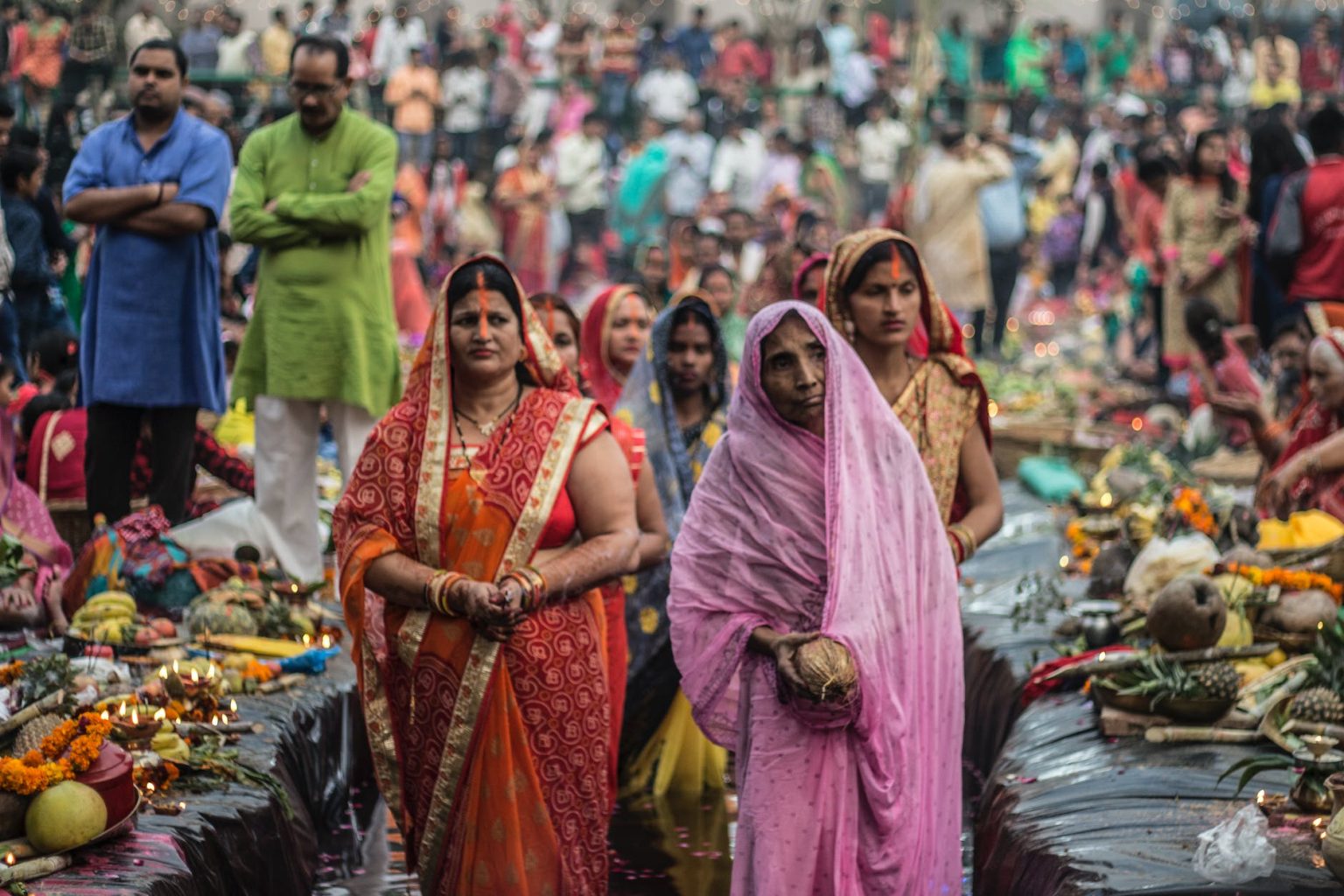Fashion has always been a powerful means of self-expression, allowing individuals to showcase their unique personalities and cultural identities. Beyond personal style, fashion also plays a significant role in various cultural ceremonies and rituals around the world. These ceremonies not only celebrate tradition but also serve as a platform for communities to come together and express their shared values and beliefs. In this blog post, we delve into the captivating world of cultural fashion ceremonies, exploring their significance and the stories they tell.
One of the most iconic cultural fashion ceremonies is the Japanese Kimono ritual. The Kimono, a traditional Japanese garment, holds great symbolic value in Japanese culture. It is often worn during special occasions such as weddings, tea ceremonies, and festivals. The intricate designs and vibrant colors of the Kimono reflect the wearer’s social status, age, and marital status. The act of wearing a Kimono is considered a form of respect for tradition and an expression of cultural identity. Through this ritual, the Japanese people honor their heritage and preserve the artistry of traditional craftsmanship.
Moving across continents, we encounter the flamboyant Carnival in Rio de Janeiro, Brazil. This world-renowned event showcases elaborate costumes, vibrant colors, and extravagant headdresses. The Carnival is a celebration of Brazilian culture and heritage, with each costume telling a unique story. The intricate beadwork, feathers, and sequins adorning the costumes are meticulously handcrafted, representing the creativity and craftsmanship of local artisans. The Carnival is not only a feast for the eyes but also a testament to the rich cultural diversity of Brazil.
In India, the festival of Diwali is celebrated with great pomp and show. During this festival, people adorn themselves in traditional attire, such as the saree for women and the kurta for men. The saree, a long piece of fabric draped elegantly around the body, is a symbol of grace and femininity. It comes in a myriad of colors and designs, each representing a different region or community. The kurta, on the other hand, is a loose-fitting shirt worn by men, often paired with a dhoti or pajama. These traditional garments not only reflect the cultural heritage of India but also serve as a visual representation of unity and celebration during Diwali.
In Africa, the Maasai tribe of Kenya and Tanzania have a rich cultural tradition of beadwork. The Maasai people use vibrant beads to create intricate jewelry and accessories, such as necklaces, bracelets, and earrings. These adornments are not merely decorative but also hold immense cultural significance. They are worn during important ceremonies, such as weddings and coming-of-age rituals, symbolizing status, wealth, and cultural identity. The Maasai beadwork is a testament to the tribe’s deep connection with their land and their commitment to preserving their traditions.
From Japan to Brazil, India to Africa, cultural fashion ceremonies offer a glimpse into the diverse and vibrant tapestry of our world. These ceremonies serve as a reminder of the importance of cultural heritage and the power of fashion as a form of storytelling. Through the intricate designs, colors, and materials, these ceremonies celebrate tradition, foster a sense of community, and create a visual spectacle that captivates audiences worldwide.
As we explore the rituals of style, let us embrace the beauty and diversity of cultural fashion ceremonies. Let us appreciate the craftsmanship, symbolism, and stories behind each garment. Through understanding and respect, we can celebrate the rich tapestry of our global community and ensure that these traditions continue to thrive for generations to come.





